FACE
Brow Lift
A browlift can soften the facial expression, making the face seem relaxed and energetic, and is an excellent compliment to a facelift.”
Endoscopic brow lift is often combined with laser resurfacing to rejuvenate the forehead and brows. These two modalities can be used together to erase forehead creases and eliminate a "worried" or "tired" appearance. Additionally, brow lift surgery can be combined with eyelid surgery to refresh the area of eyes and brow, as necessary.
Shown here are before (left) and after (right) views of actual patients. Remember, every patient responds differently to surgery, and no one can be certain that he or she will get the results shown. However, these photos will illustrate the changes that are possible with these procedures.
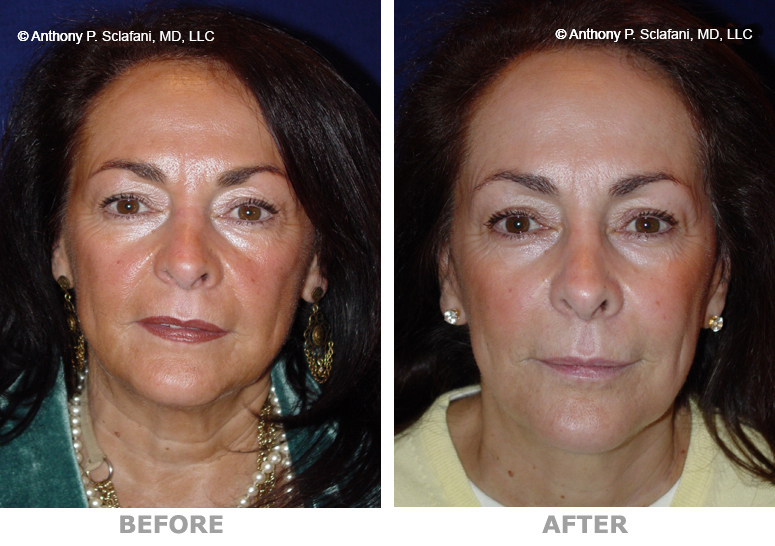
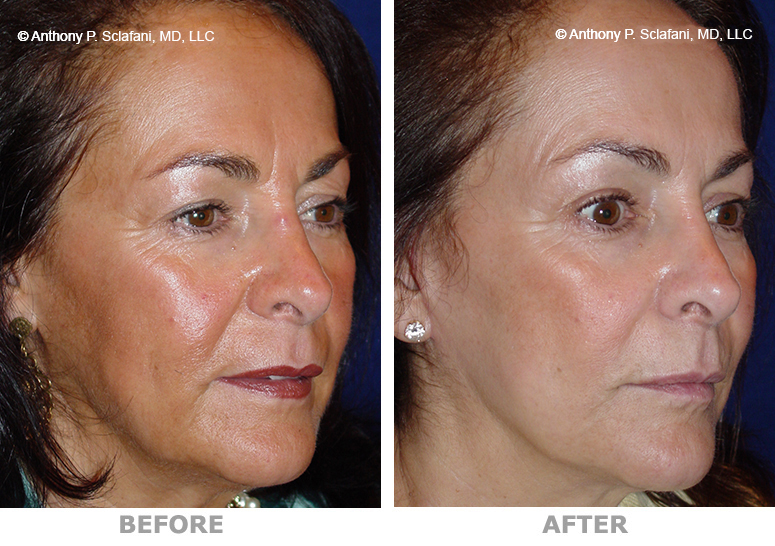
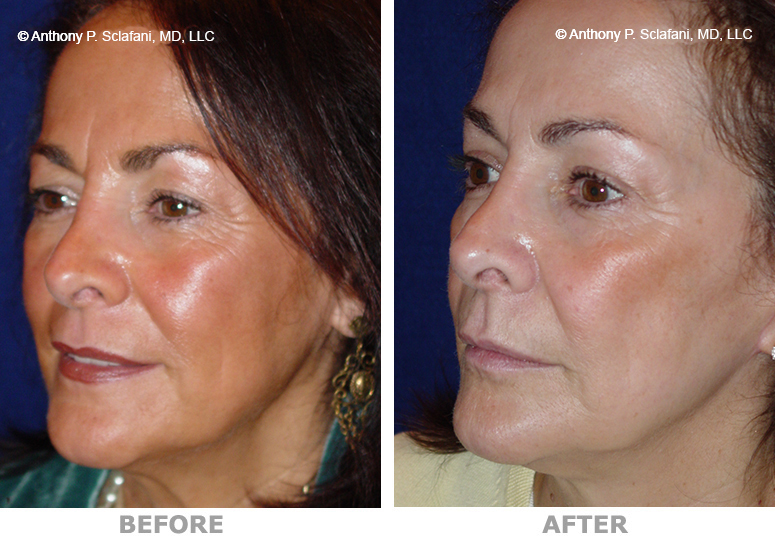
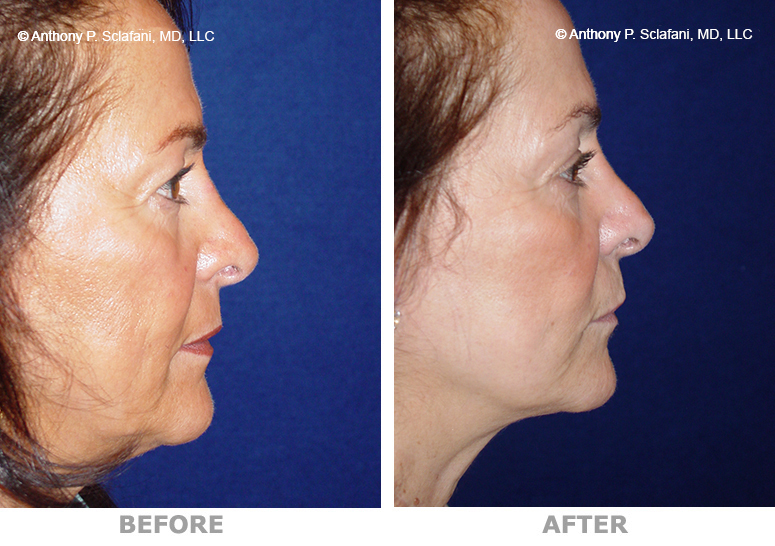
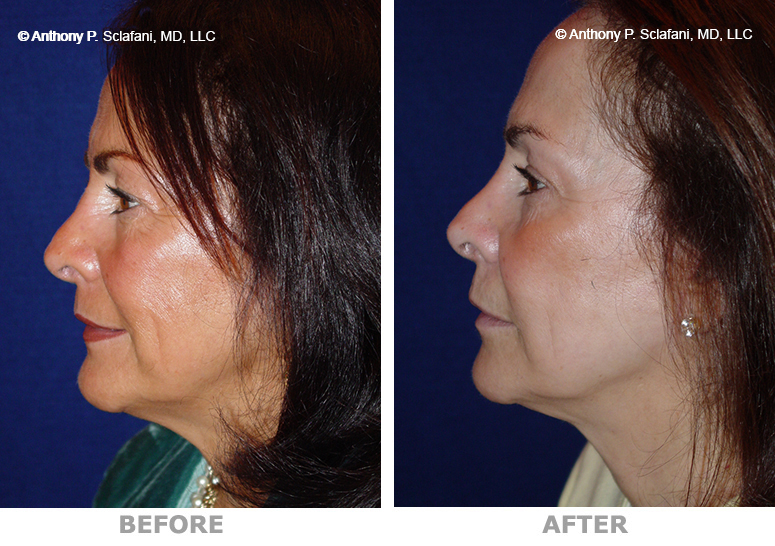


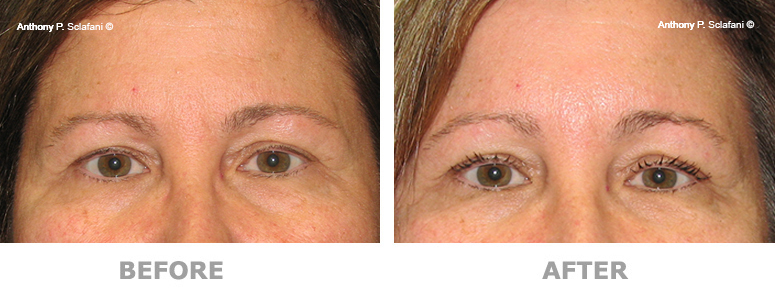
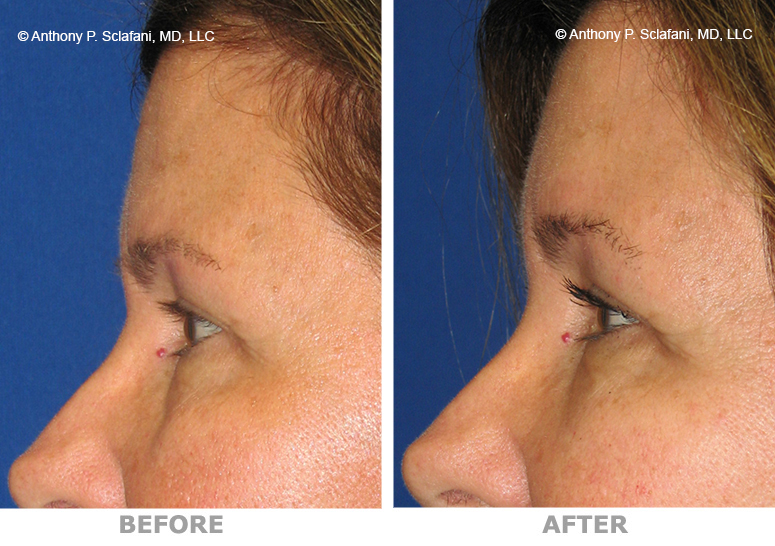
In cases requiring less dramatic brow lift, surgery can be done using the same incisions for an upper eyelid lift (upper blepharoplasty)
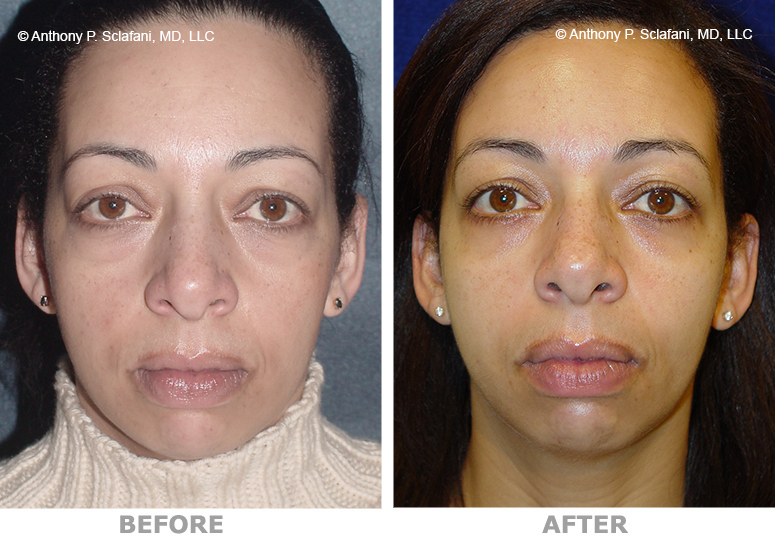
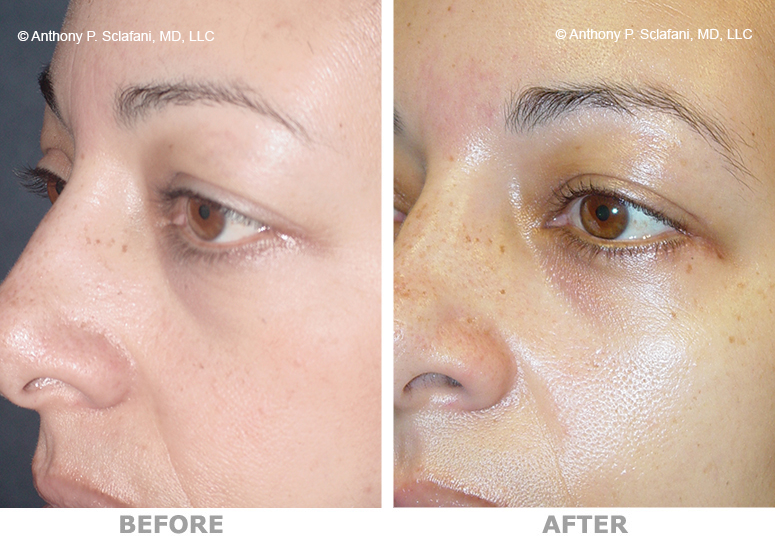
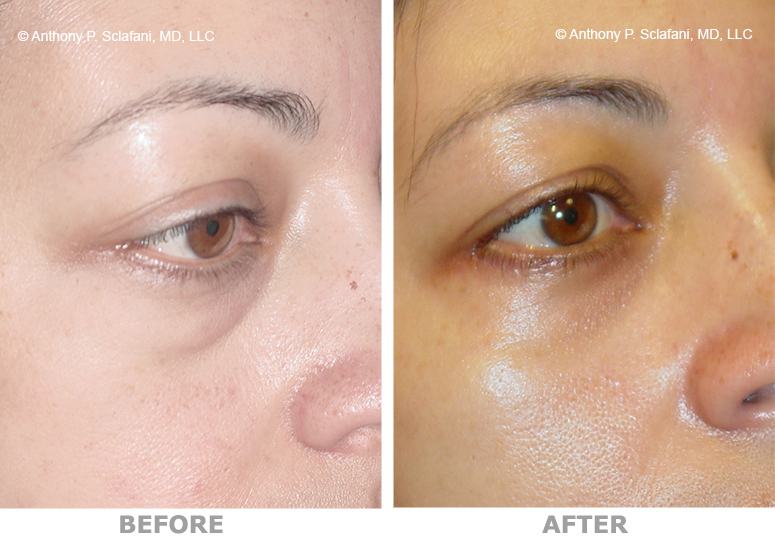
A browlift can soften lines of the forehead in addition to returning the eyebrow to a more youthful position.




Botox can be used to gently relax the forehead and sculpt the brow.
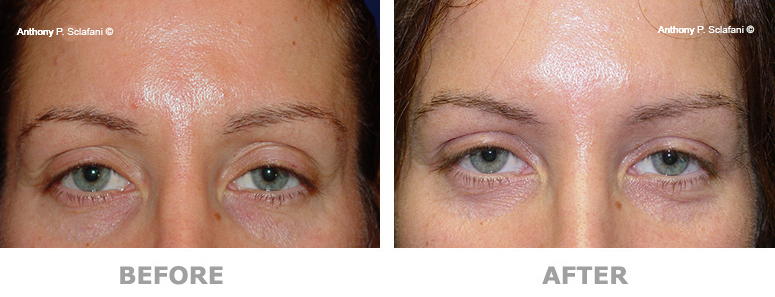


Brow Lift - Process and Procedure
The Process
Modern browlift utilizes endoscopic technology. An endoscope (a surgical telescope) and other instruments are used to perform browlift surgery through tiny incisions hidden behind the hairline. During this surgery, the muscles pulling the brow down and causing brow and forehead wrinkles are treated. The brow is easily elevated, and the small incisions closed. Since these small incisions are used, bruising is minimal and healing is much more rapid. At times, the brow can be lifted through an incision in the upper eyelid.
The Procedure
The patient can usually return to work in a week with a more youthful, rested appearance. The brows no longer hang as a curtain over the eyes, and the forehead is much smoother. A browlift can be combined easily with a blepharoplasty, facelift, laser resurfacing or chemical peel, based on the patient's specific needs and goals.
What to Expect After a Brow Lift
Certain physical changes are expected following brow lift surgery. Some individuals experience all of the following and others only some. The degree to which each person is affected is variable and unpredictable.
DIET
It is best to start with liquids (soup, juices, etc.) immediately after surgery. Once the anesthesia has worn off and your appetite returns, regular food is allowed.
DRESSINGS/SUTURES
A large gauze dressing is placed around the forehead in the operating room. This is removed the day after surgery; a surgical drain is left under the skin, and is generally removed the day after surgery. This dressing and drain are designed to reduce post- operative fluid accumulation and swelling, and promote rapid healing.
Sutures are hidden within the hair, and are removed one to two weeks after surgery.
ACTIVITY AFTER SURGERY
In order to allow your tissues to heal properly, we ask that you refrain from brisk physical activity for one week. Walking and non-physical activities are allowed, but it is best not to exercise for the first week. After the first week, aerobics, running, stair climbing, exercise bicycling and treadmills are permitted, but weight lifting (free weights or machines) should not be done until after the end of the second week after surgery. However, once the effects of the anesthetics have worn off, it is not necessary to remain in bed or at home. You may shower as soon as the effects of the anesthetics have worn off and you can comfortably stand on your own.
SWELLING/BRUISING
Facial swelling is expected and may be more pronounced 24- 72 hours after surgery than it is immediately following the procedure. Sleeping with your head elevated and sitting upright during the day for several days following surgery will help minimize swelling. Most swelling will gradually resolve in 7 days. Mild bruising, too, is normal, and may be more noticeable around your eyes than on the forehead. Most bruising will resolve in the first 7 days after surgery and may be concealed with makeup by 3 days after surgery. In order to limit bruising and swelling, ice compresses should be applied over the forehead, both cheeks and eyelids for the first 24- 36 hours after surgery. Compresses should be applied for 20 minutes at a time, with 20 minutes before reapplying. Also, homeopathic medications Arnica Montana and Bromelain may limit bruising and swelling. This is best started at least 2 weeks before surgery and continued for 3 weeks; check with your doctor before using these.
BLEEDING
Minimal oozing of blood and tissue fluid along the suture/staple lines is normal for a few days following surgery. Bleeding that is severe or does not stop with 10 minutes of continuous pressure is rare and should be reported to our office.
PAIN/DISCOMFORT
Most patients experience little pain afterwards; most describe the discomfort similar to a tension headache, easily controlled with acetaminophen or acetaminophen with codeine.
ITCHING/NUMBNESS
Itching along suture lines and under the scalp and forehead is common and temporary. A feeling that the forehead and scalp are numb also occurs. Normal sensation usually returns within a few weeks, but occasionally can last up to 4-6 months
HAIR CHANGES
In response to surgery, some patients may experience subtle changes in their hair, ranging from a change in texture or from oily to fine; rarely, patients will notice a subtle thinning of their hair. These changes are temporary and resolve within several weeks.
